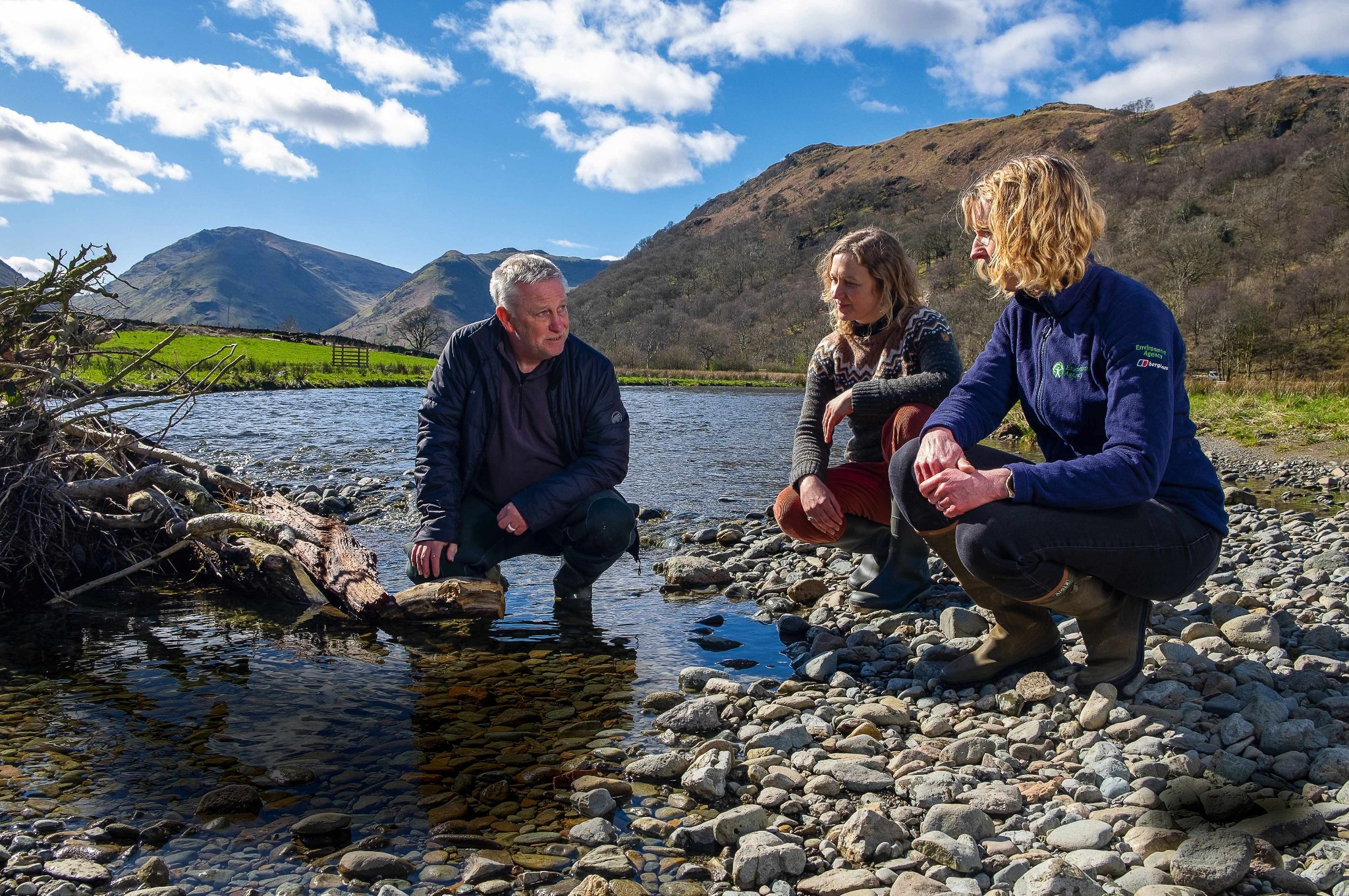
Reviving a river
Good news stories about Britain’s rivers are hard to find in 2023, but in the Lake District, heroic efforts are being made to restore life to lost streams. And the transformation of Goldrill Beck near Ullswater is the jewel in the crown. Tanya Jackson reports
Photos: Dave Willis
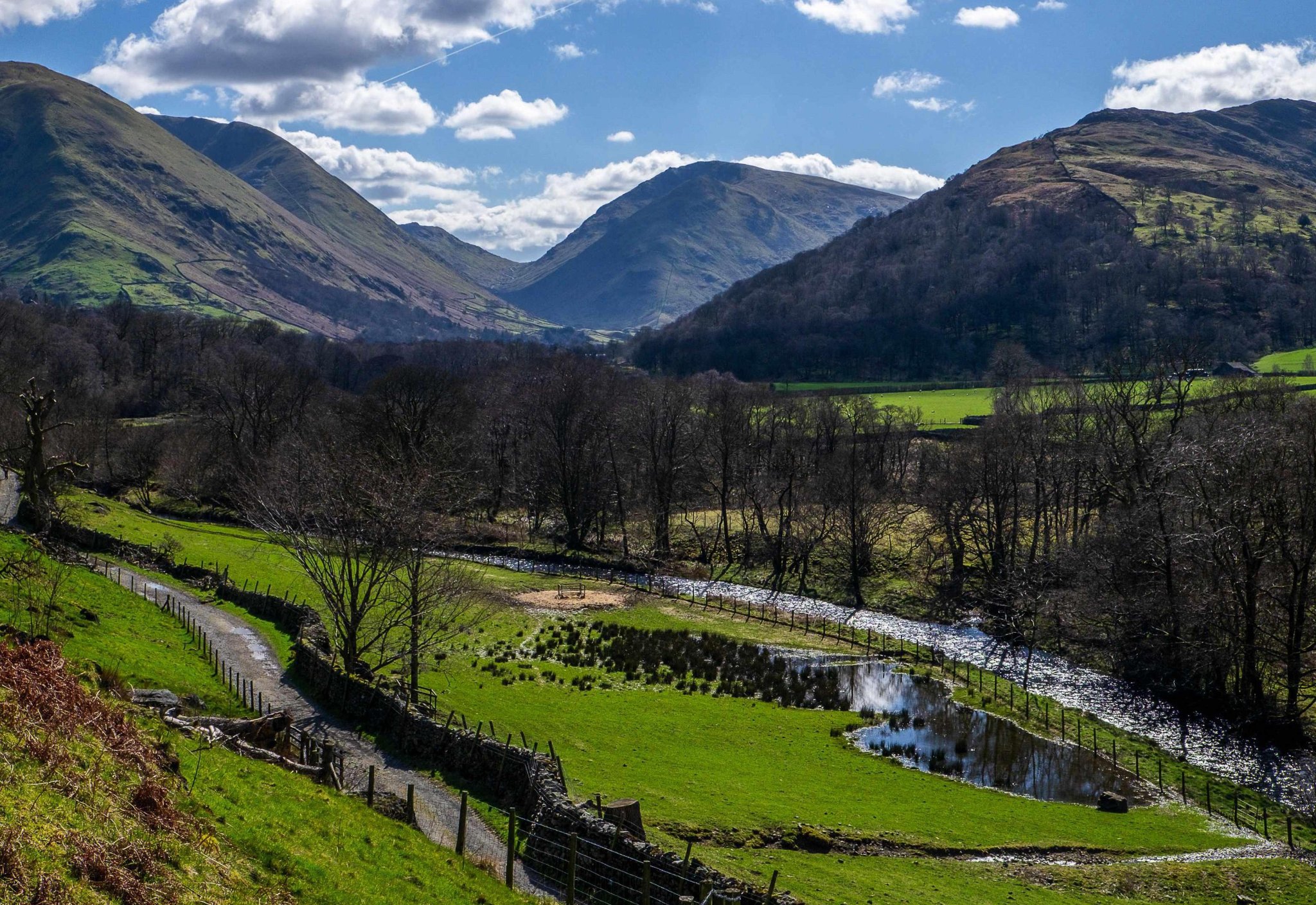
It is a still, sunny spring day in Goldrill Beck, a meandering river in the Ullswater Valley in Cumbria’s magnificent Lake District. Cradled by mountains, this Site of Special Scientific Interest (SSSI) is slowly waking up after winter. Brown and white Herdwick sheep graze in a neighbouring paddock, while clumps of soft rushes poke up through the waterlogged grassland.
The unpolluted river trickles fast but shallow, leaving gravel deposits along every bend, ‘redds’ for critically endangered Atlantic salmon to lay their eggs, which will become nurseries for fry as they emerge. And like the baby salmon, this environment is in its infancy – at the start of a journey of transformation. At a time when the UK’s rivers are at their most vulnerable, it’s a sight for sore eyes.
Of course, you would expect a bucolic scene like this in the Lake District, one of the UK’s most popular natural beauty spots. But it’s surprisingly rare to see a river meandering along its natural course here – and just a year ago, this one didn’t. In fact, the last time this river looked like this was three centuries ago, before the whole floodplain was straightjacketed into a canal.
“It’s surprisingly rare to see a river meandering along its natural course here”
In the late 1700s, Goldrill Beck was canalised to free up upland for grazing. Running parallel to the A592, the water ran deep and fast and persistently gnawed away at the underside of the road over the years. Walking along the road, you can glimpse the former condition of the beck where a section of the canal still remains – the water hurtles through, too swiftly for wildlife or plants to inhabit, leaving only large boulders on the river bed. But this is not unusual in the Lake District.
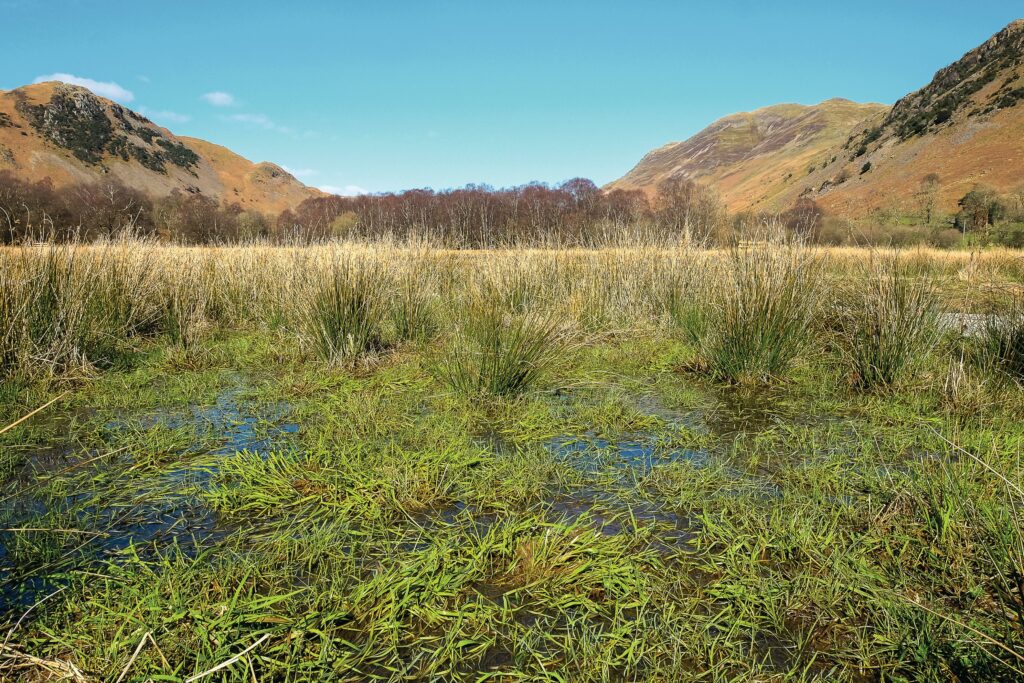
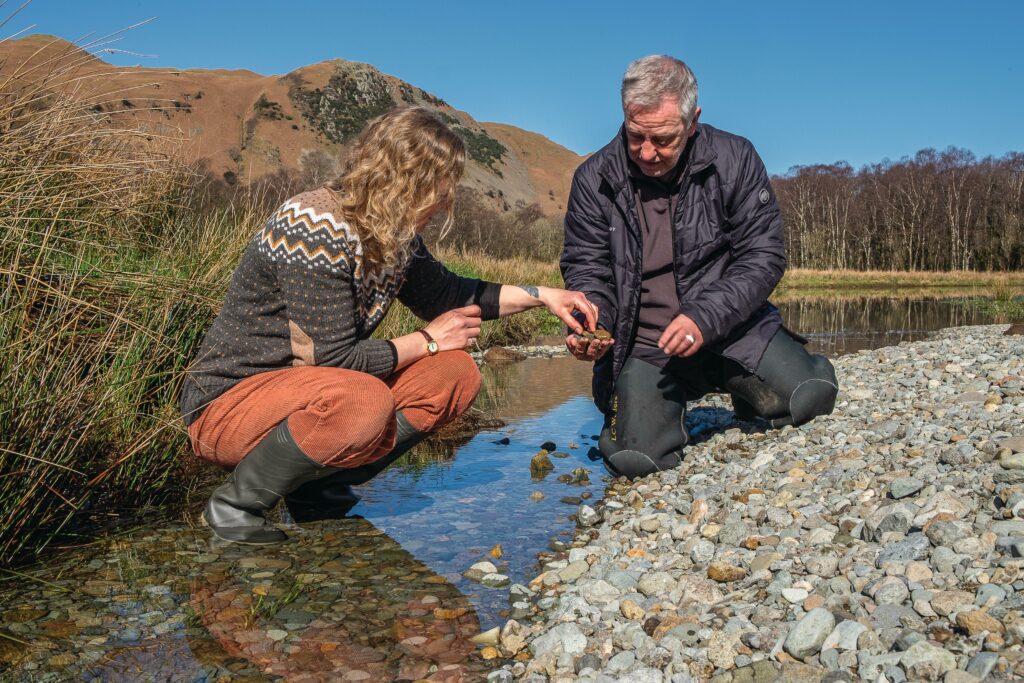
RIVER RESTRICTION
“The level of historic modification on our river systems is insane,” says Becky Powell, project manager for the Goldrill Beck river restoration. “You would go a long way on the Lakes to find a river that is fully connected to its floodplain and behaving naturally. Hence the Cumbrian River Restoration strategy has been going since 2009, and the amount of projects it has delivered is huge: over 100. And we have barely scratched the surface.”
But for Goldrill, it took a severe weather event in 2015 to bring the beck up the list of conservation priorities.
On 4 December, Storm Desmond swept through the north of England, dumping more than 34cm rain in 24 hours on Cumbria, flooding 5,600 homes and causing mass devastation across the dale. Becks burst their banks, roads were ripped up, towns and villages were suddenly cut off in all directions. It was a wake-up call for land owners and managers. Together with Natural England, the National Trust was able to convince its farm tenant at Goldrill Beck to sign up to its ‘Making Space for Water’ scheme within the Countryside Stewardship programme. The vision for a new ‘rewiggled’ beck began to take shape.
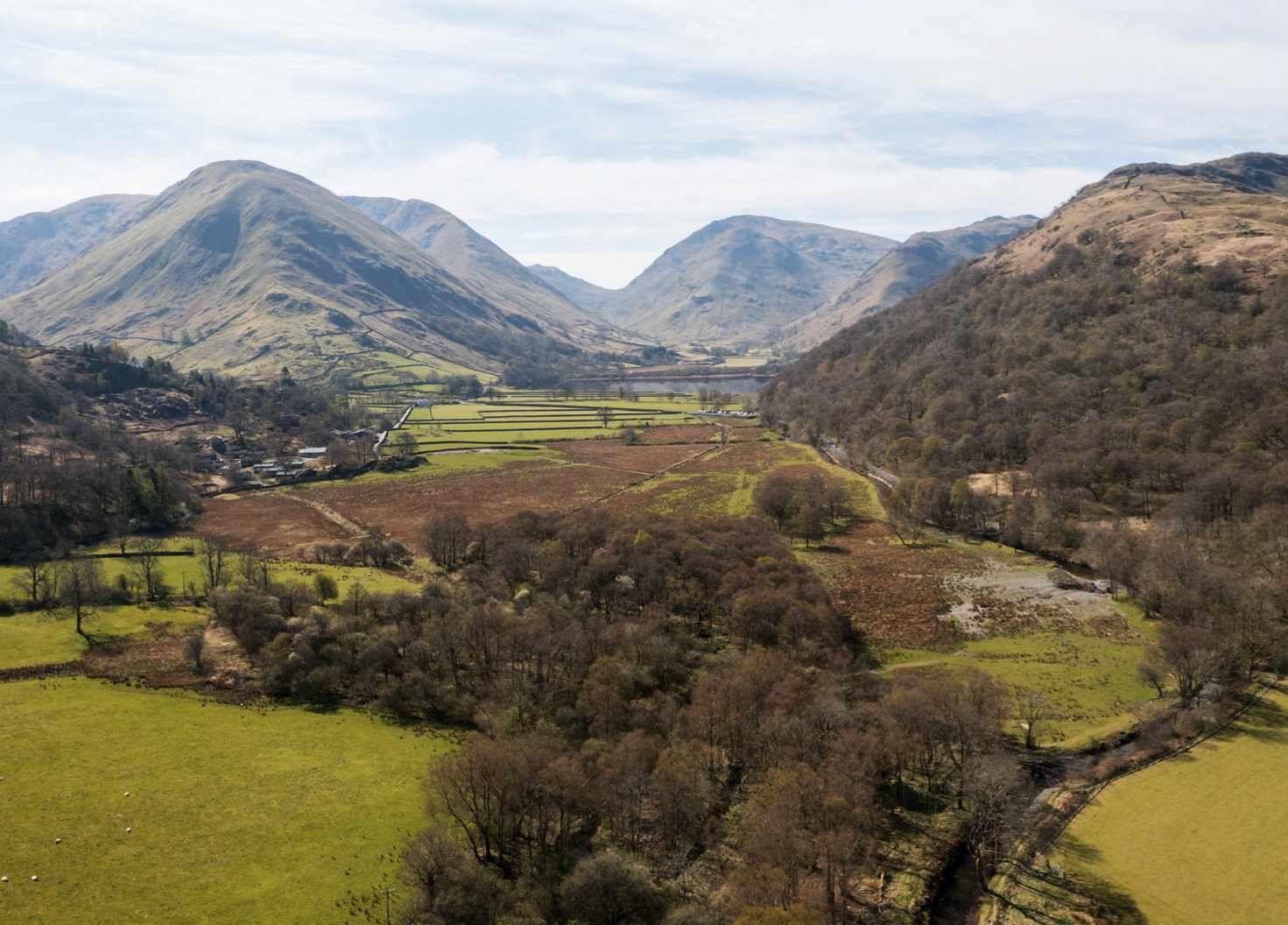
DRAWING TOGETHER
But it wasn’t simply a case of drawing some bendy lines. Extensive research was undertaken both on and off site to plot the most natural course, as lead river engineer George Heritage tells me.
“We have put the river back according to what the river wants,” George says. “We have a river that is split into three different types: a wandering river at the top, which is very active and can move across its landscape; then we go into an ‘anastomosing’ river [multiple, interconnected channels on an alluvial plain] further down; and then we have some rewiggling a bit further down. All of these are appropriate for the local landscape.”
The physical work began in early 2021. With fish still hurtling down the fast-flowing channel, one of the first tasks for the Environment Agency was to move them out of harm’s way. This involved sending a mild electric current to ‘stun’ them, making them easier to catch in nets, before carefully relocating them. Then it was time for the diggers to move in and carve out a new path for the water.
“The new path reconnects the river with the rare wet woodlands habitat”
Every opportunity for conservation has been taken here. The new path reconnects the river with the rare wet woodlands habitat that was already on site, ready to receive invertebrates, amphibians, bats and reptiles. Endangered black poplar trees of an ancient local strain were planted – an important wetland tree that provides an early food source for emerging bees and butterflies, as well as cultural significance for Cumbria. An osprey platform has been installed, awaiting the arrival of its first inhabitants. Just a year after its completion, the river is now home to frogspawn, caddisfly and a thriving community of invertebrates, all of which are visible in the water.
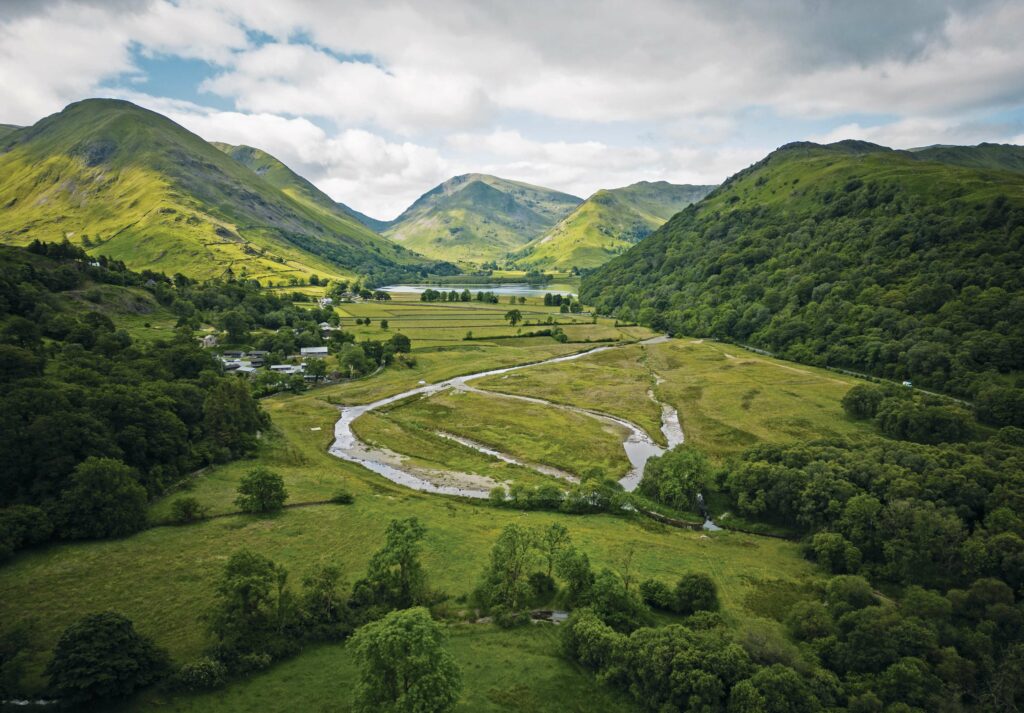
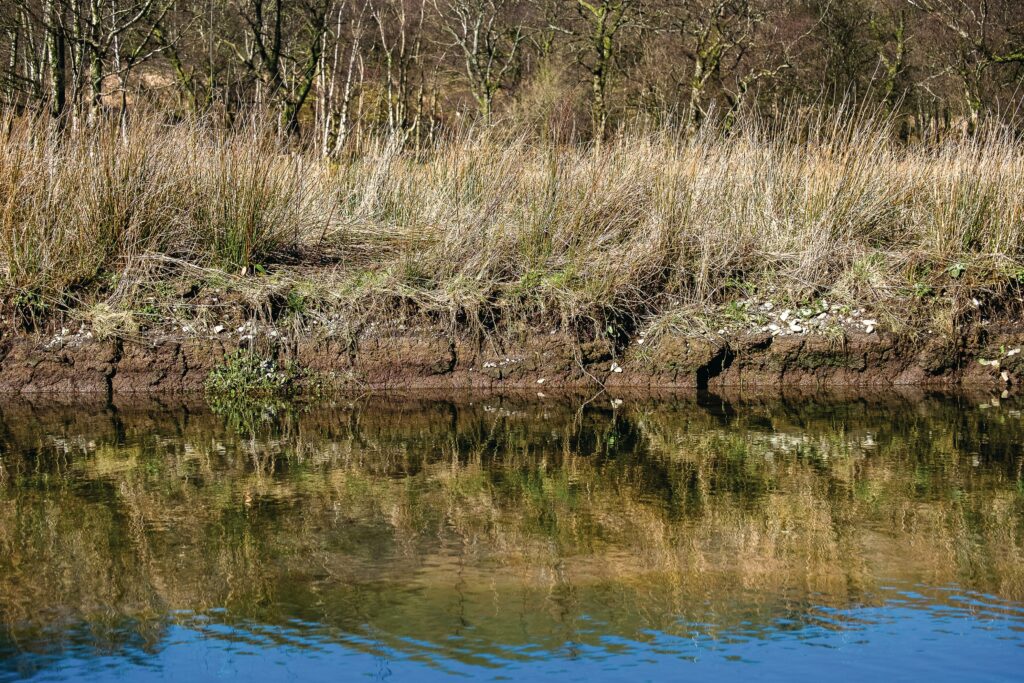
THE GOLDRILL STANDARD
The restoration at Goldrill Beck was one of 31 case studies that won Cumbrian Rivers the prestigious European Riverprize in 2022, beating competition from across Europe. But it’s only the start.
“It’s very hard to see a state where we can reduce flooding, hold water and have good internal habitat without addressing all the modifications on the systems. And the prospect is quite daunting,” says Powell.
“I think everybody who works as a partner on the Cumbrian River Restoration strategy does so because we want to be a good ancestor. We want to go to bed at night thinking that we were on the right side of history with regards to climate change and the biodiversity crisis. And I don’t see that stopping any time soon.”
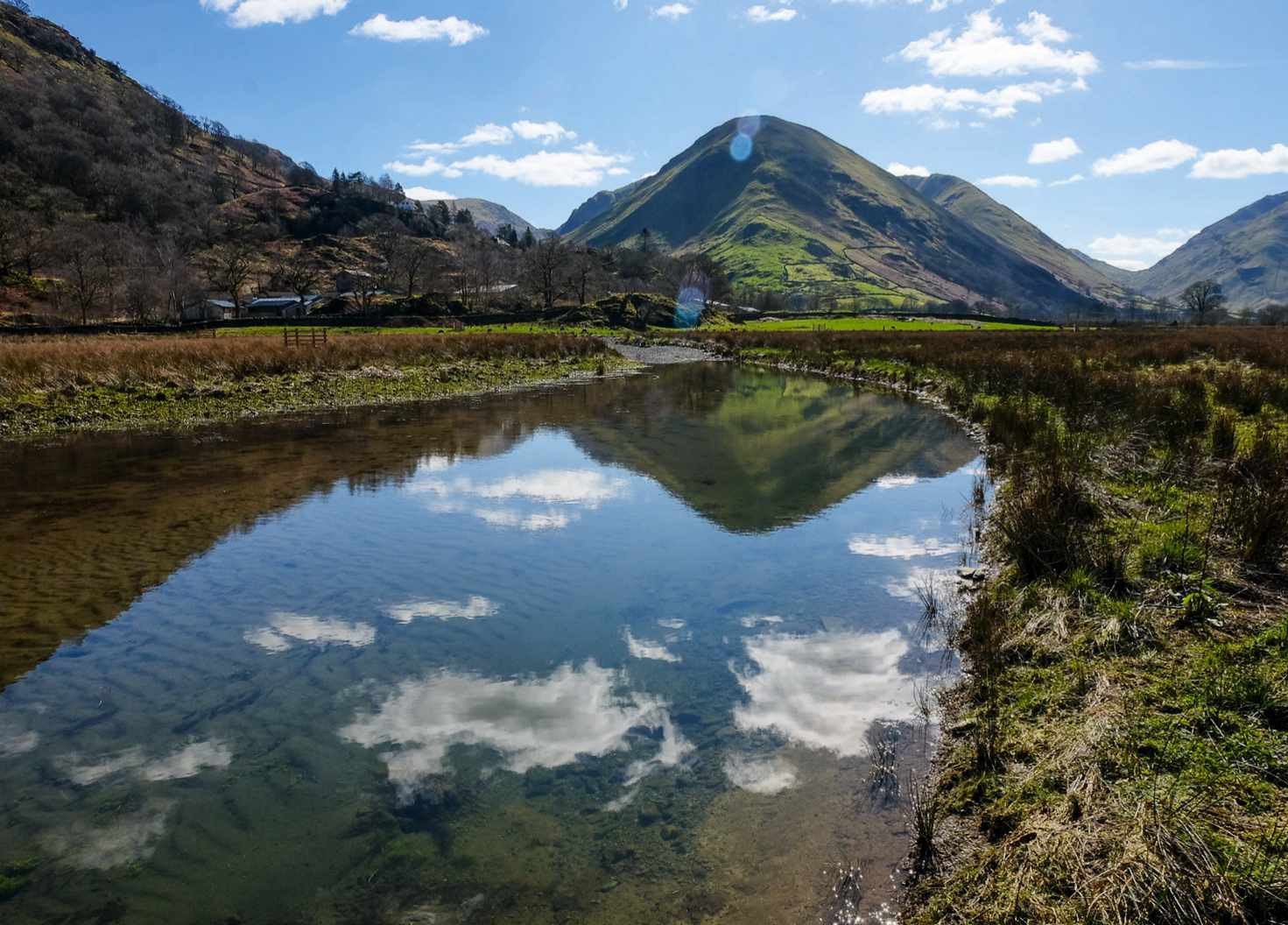
SEVEN SPECIES WITH NEW HABITATS IN GOLDRILL BECK
1 North Atlantic salmon fry
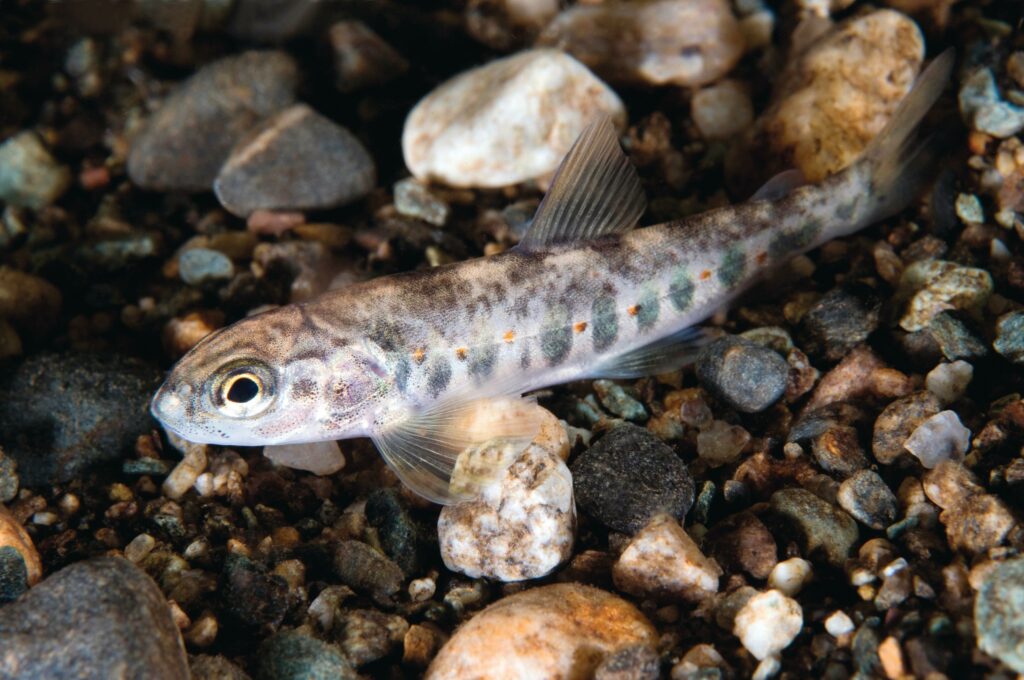
This critically endangered species will now be able to create redds (underwater stretches of gravel) in which to lay its eggs. The emerging fry will live in these shallow ‘nursery’ sections before maturing and migrating to sea. Those adults will one day return to the river to spawn.
2 Water crowfoot
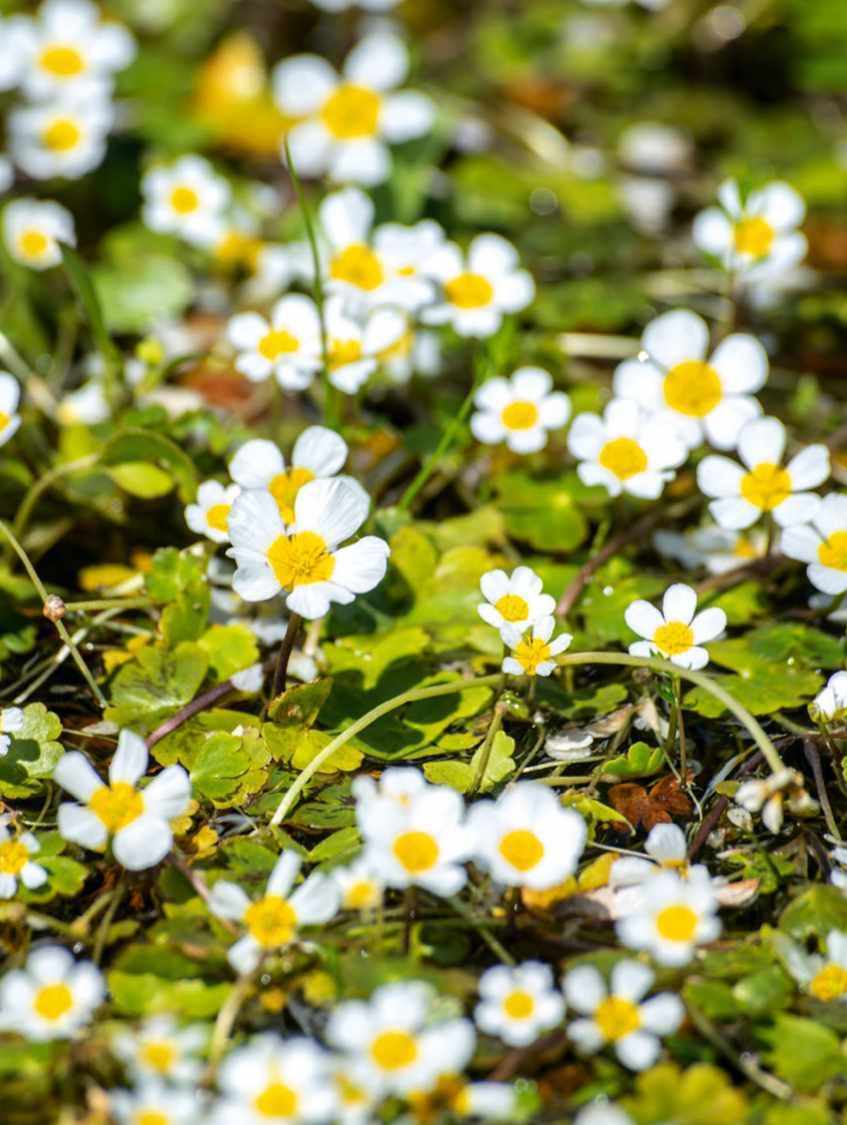
Featured in episode two of Green Planet, this water plant with its white flowers is one of the reasons the wider Eden Rivers area of Cumbria is designated an SSSI – but until the restoration, it was absent from Goldrill Beck. In May 2023, a large clump was reported to be growing on the site, having found its way down river and settled there, where it will provide shelter for young fish from extreme temperatures and predators.
3 Frogs
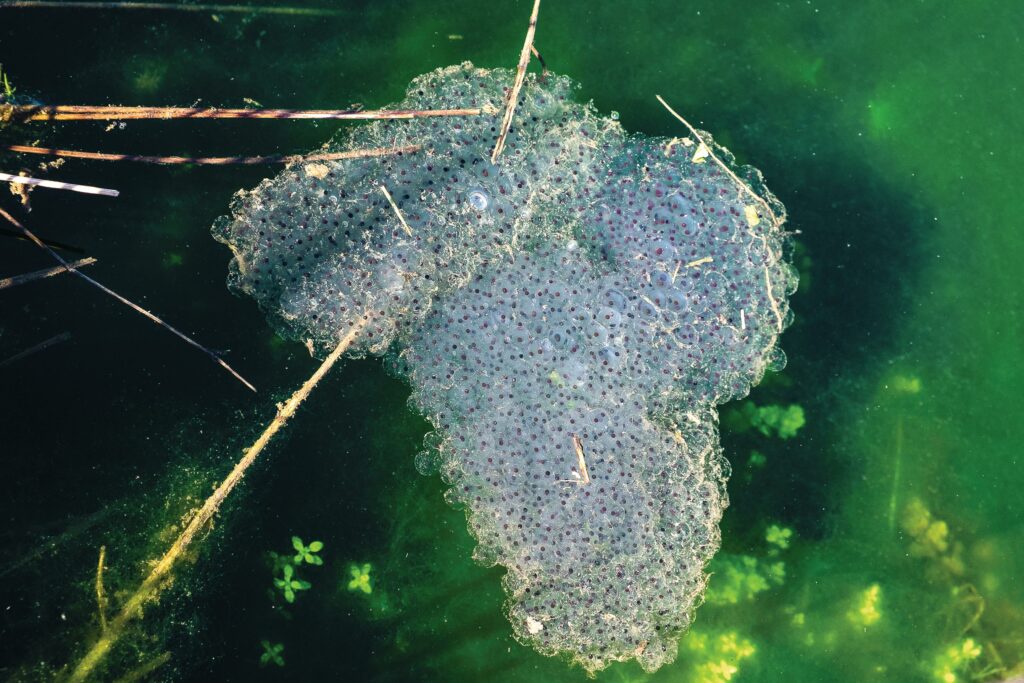
In the slower areas of the beck, frogspawn was found in abundance this spring. The ideal conditions for frogs to spawn in are shallow, warm water with plenty of light, so their presence is a good indicator of the diversity of flow.
4 Dragonflies and damselflies
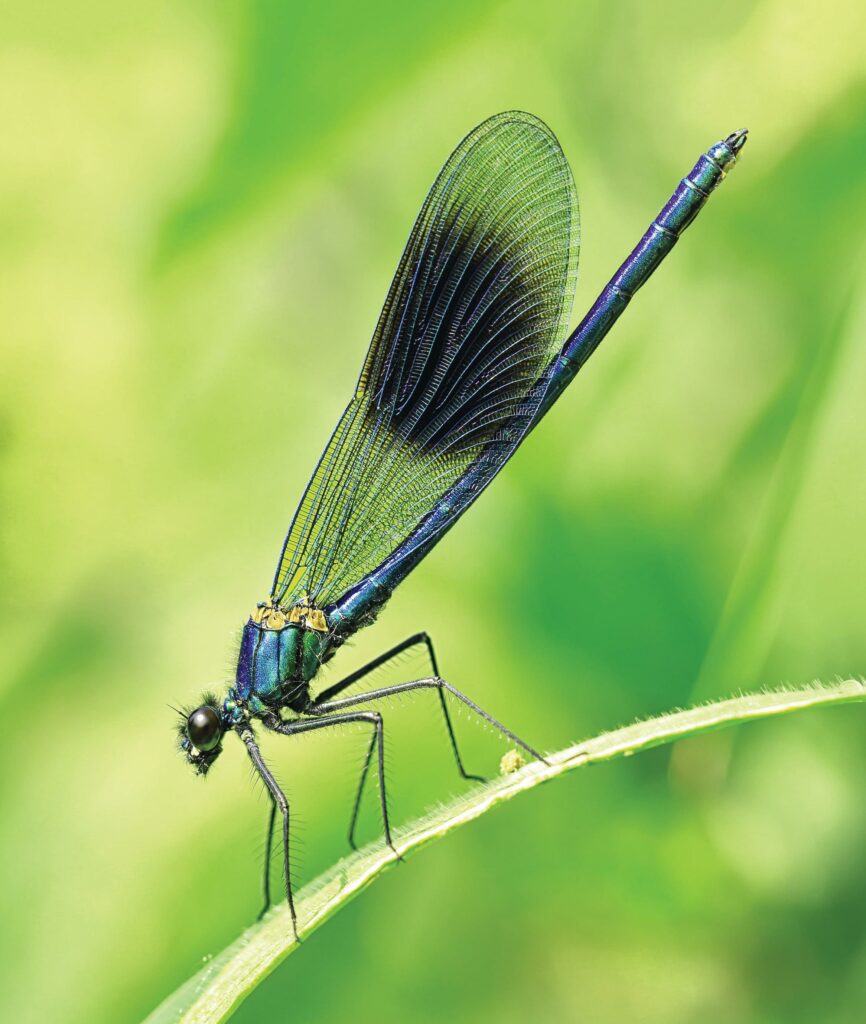
These magnificent insects thrive on wetlands, feeding on midges, flies and in turn are predated by hobbies, wagtails and even frogs. No healthy water ecosystem would be complete without them, and it’s hoped that as the plantlife at Goldrill Beck takes hold, so too will a strong community of these acrobatic insect predators.
5 Caddisfly
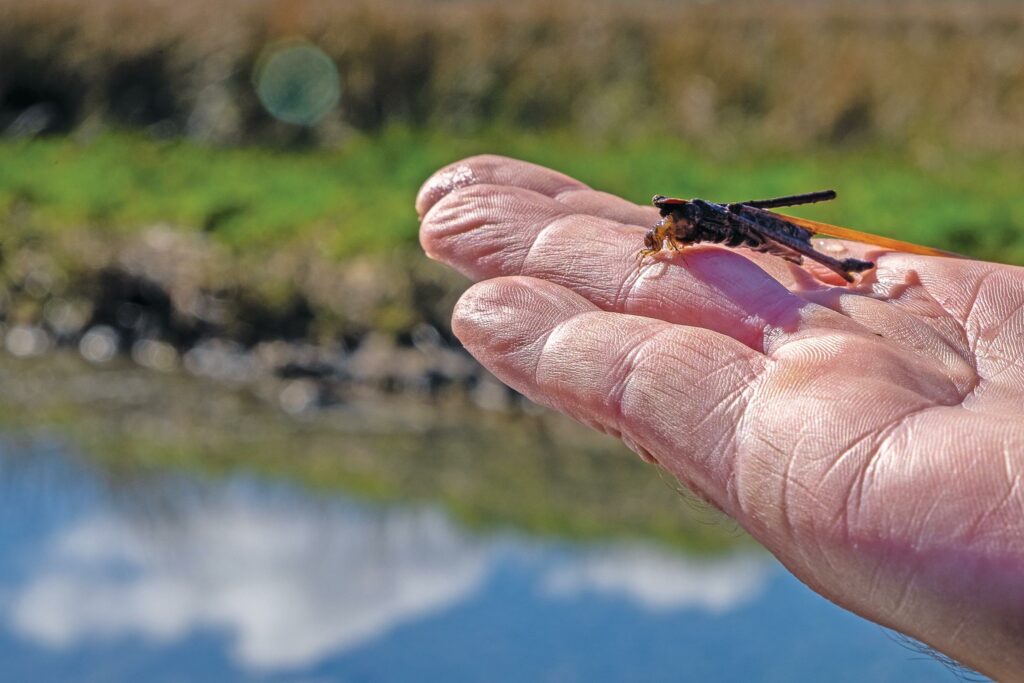
Leaf caddisfly have already made a home here, and their larvae is visible in the water. Wrapping itself in leaves and silk, the larvae can be found along the water’s edge. Caddisflies are an important food source for Atlantic salmon, brown trout and many birds, including dippers.
6 Black poplar trees
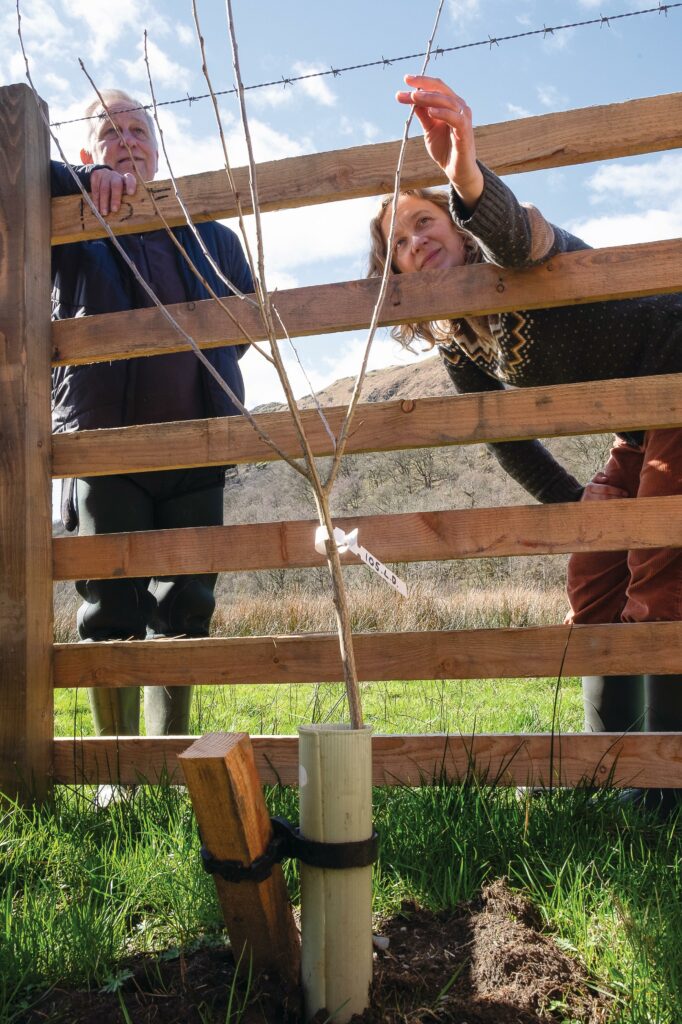
A member of the willow family, black poplar trees thrive in wet woodland conditions and provide early food for bees and butterflies, including the very specialised poplar hawk moth. Once widespread in Cumbria, only three specimens remained in the county. The National Trust planted 16 black poplar trees within the site as part of a wider reintroduction project.
7 Ospreys
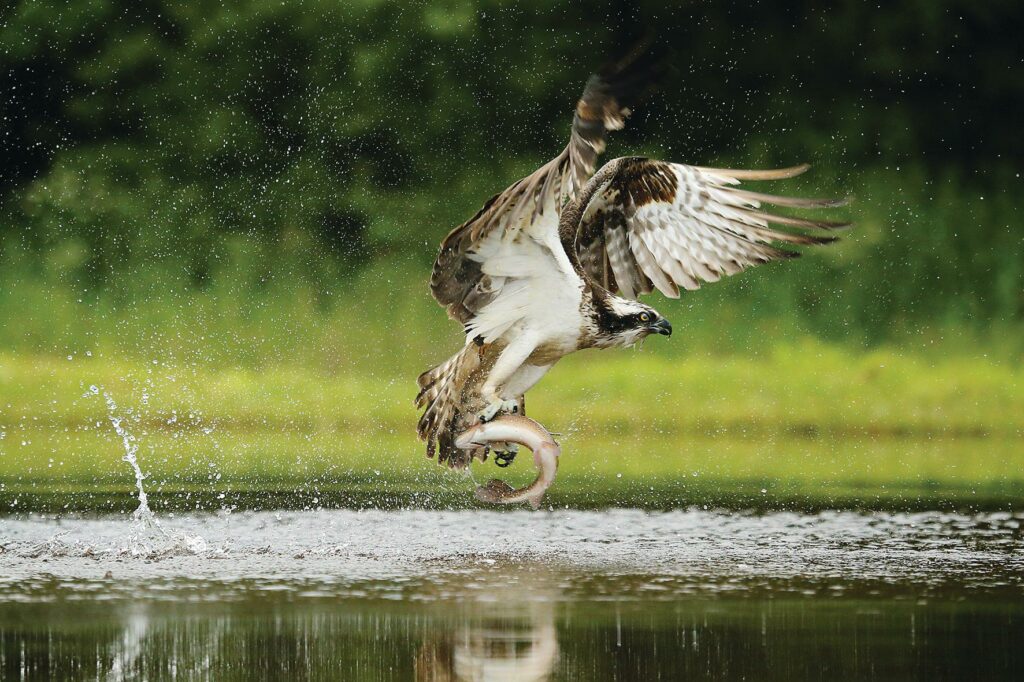
One of the UK’s largest birds of prey, ospreys were almost driven to extinction during the Victorian era. A handful are found locally in Cumbria and it is hoped that a breeding pair will discover the tall osprey platform that has been installed near the wet woodland at Goldrill Beck.
BBC Countryfile Magazine Plodcast
Listen to the Plodcast episode about Goldrill Beck this autumn on Spotify, Apple Podcasts and all good pod providers.

Tanya Jackson first visited the Lake District in 2013, when playing at the Ullswater Folk Festival, and fell in love with its dramatic skylines and seemingly bottomless lakes. It was a privilege to return in 2023 to see the Cumbrian river restoration first-hand.